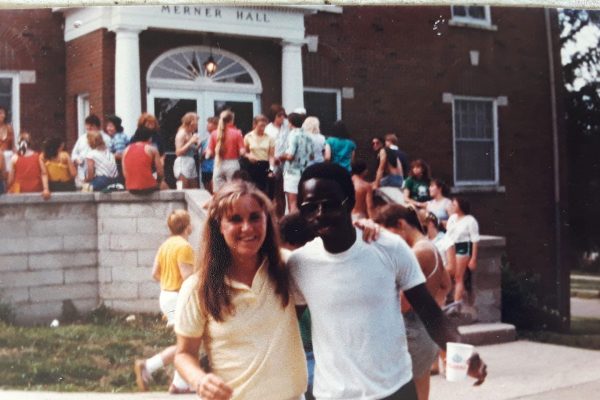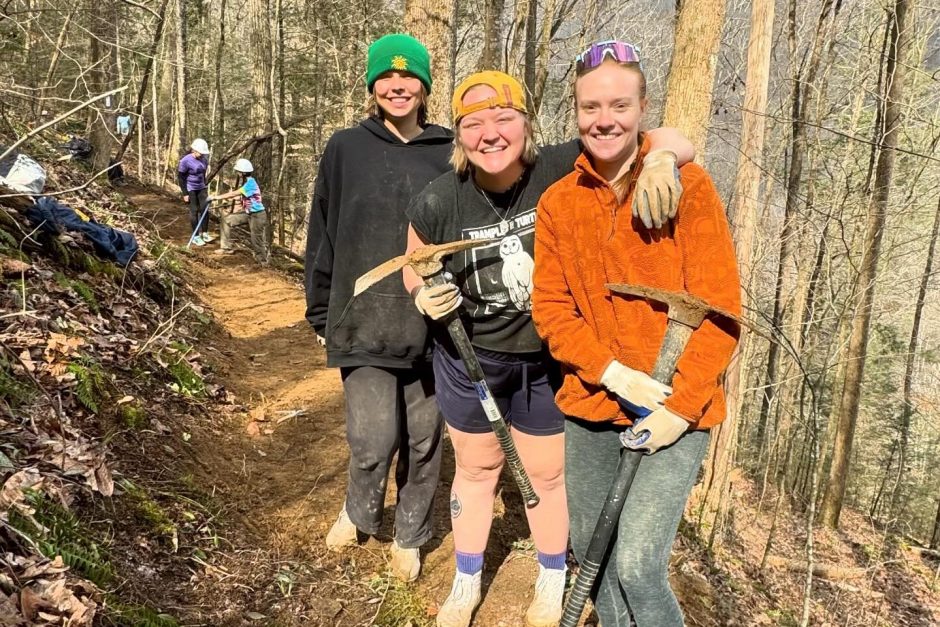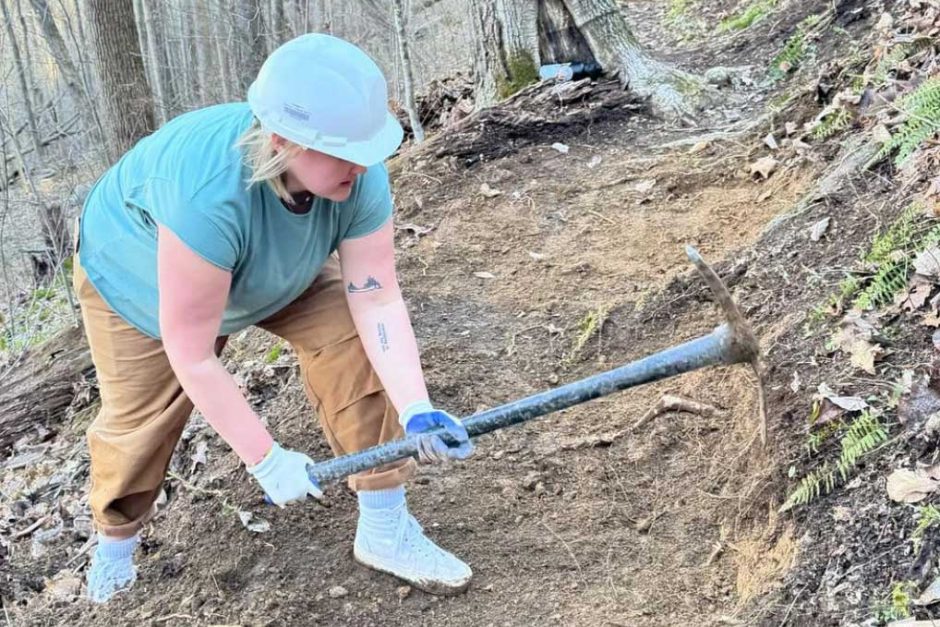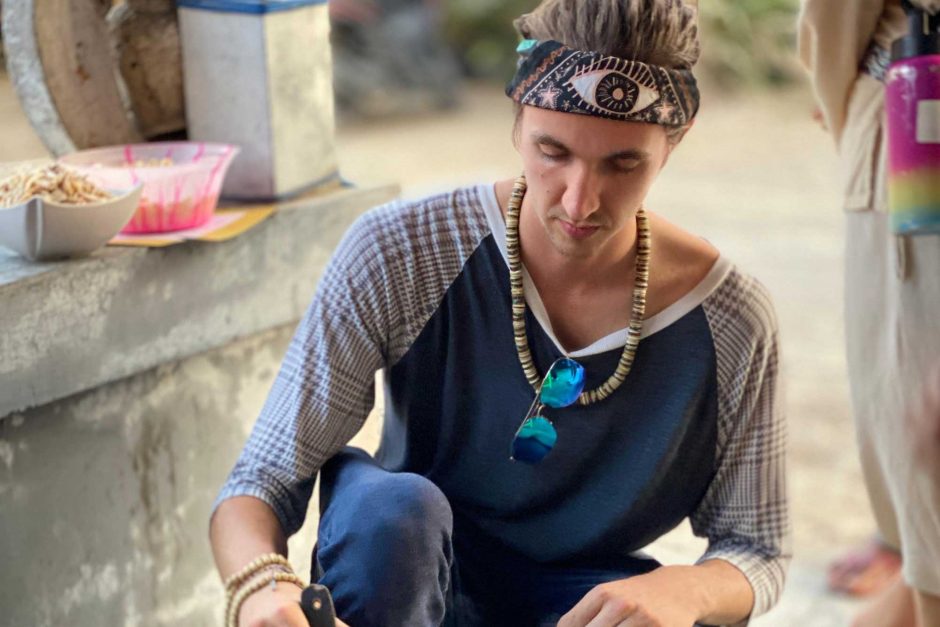Now serving: Beer and wine
Cornell College was “Methodist dry” for most of its history. It wasn’t until 1970— nearly 120 years after the college’s founding—that students of age were first allowed to partake in their rooms. And it was 1982 before alcohol was served at faculty and trustee functions on campus. Elder George Bowman, then, would be shocked that students over 21 can now purchase beer and wine in the Thomas Commons (let alone that there are “saloons” in Mount Vernon).
No whiskey
Early campus leader Professor David Wheeler once famously declared—from the top of an overturned whisky barrel whose contents had been emptied on the street by townspeople angry at its proprietor—“The question is simply this: Whiskey and no college, or college and no whiskey.”

While we don’t serve whiskey as yet, our approach to alcohol sales is sobering.
James Richards, manager of Bon Appétit at Cornell, said the introduction of alcohol sales in Zamora’s Market in the Thomas Commons in 2017 involved both campus security and the Mount Vernon police force. “We ID everyone, we monitor the area, security has made Zamora’s a more frequent stop during their rounds, and we have ceiling cameras that are monitored,” he says.
So far, faculty and staff are much more apt to purchase adult beverages in Zamora’s than are students, who prefer Mount Vernon’s establishments just down First Street from campus.
For the college’s first 100 years, Cornell faculty were prohibited from drinking—even in private.
No happy hour
According to the late college historian Charles Milhauser, faculty for most of the college’s history were subject to all the regulations imposed upon students relative to dancing, card playing, tobacco, and alcohol. The ban on consuming alcoholic beverages was perhaps the most burdensome for faculty, he wrote in the spring 2000 Cornell Report, because many came from backgrounds where an occasional drink was not a sin.
When Iowa adopted prohibition in 1884, it became illegal to purchase or consume alcoholic beverages. Travel afforded opportunities to bootleg a few bottles home, but “disposing of the empties was risky because teetotaling neighbors or a garrulous trashman might inform,” Milhauser wrote. For that reason stashes of bottles are sometimes found behind walls when older homes in town are renovated.
No privacy
After prohibition was repealed nationally in 1933, Iowa regulated sales of alcohol through state liquor stores that operated until 1987. Until the early ’50s purchases were recorded in each buyer’s liquor permit. Milhauser wrote that in the early years of the system, faculty resisted having permits and relied on townie friends to buy a bottle or two for them.
In the 1950s the administration finally began to relax its absolute prohibition on faculty imbibing in private off campus, and they could raise a toast without guilt.
The zenith of permissiveness was reached in the ’70s and early ’80s when Iowa’s drinking age fluctuated between 19 and 18, and student keg parties were allowed on Cornell’s campus. A flyer for the May 23, 1979, Merner Lawn Party advertised 20 kegs of Coors.
Today the most visible connection between students and alcohol is that upper-class students are typically the ones serving wine and beer from the pop-up bars at college functions.



